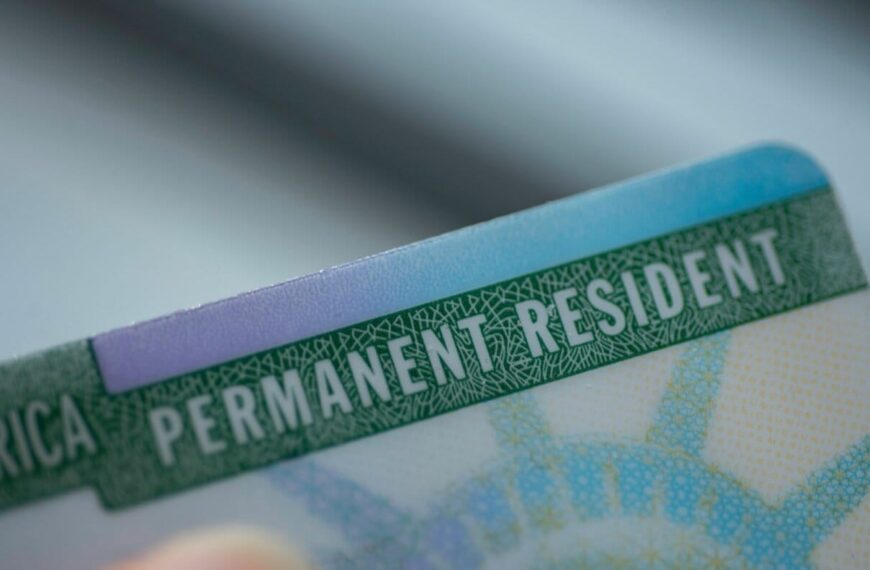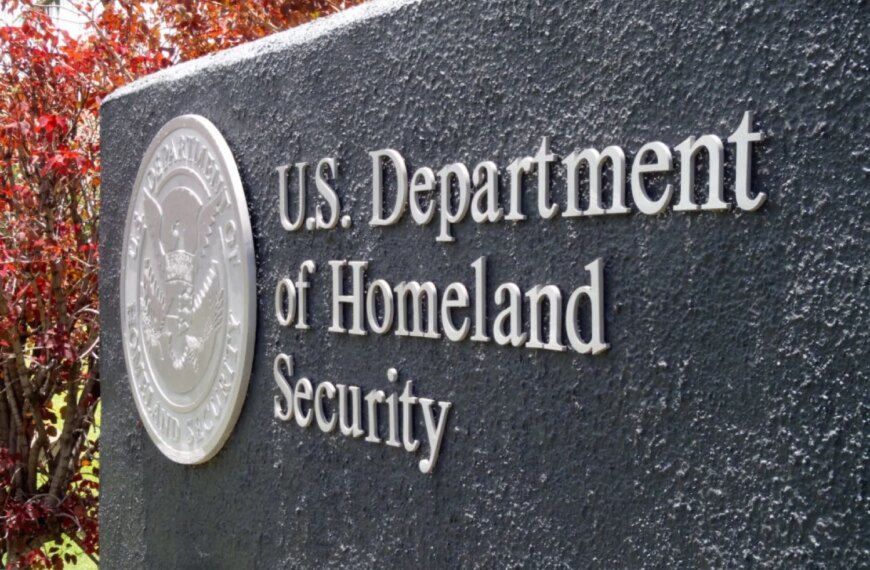Understanding Government Pledges on Illegal Immigration and Asylum
The ongoing debate surrounding illegal immigration and asylum-seeking has prompted governments worldwide to make various pledges aimed at addressing the complexities of this issue. As nations grapple with the challenges posed by immigration, it is essential to analyze the effectiveness of these commitments and their implications for both immigrants and the countries involved.
Government Pledges: An Overview
Governments often implement policies that encompass a range of pledges concerning illegal immigration and asylum. These pledges can include stringent border controls, enhanced resources for immigration enforcement, and humanitarian support for asylum seekers. In many cases, the focus is on achieving a balance between national security and humanitarian obligations.
Some of the notable pledges that have been made include:
The Reality of Implementation
Despite these pledges, the actual implementation often falls short of expectations. Various factors can hinder the effectiveness of government commitments:
Recent Developments in Immigration Policy
The landscape of immigration policy is continually evolving. Recent news has reported on various developments that impact illegal immigration and asylum processes, including:
Public Reactions and Concerns
The effectiveness of government pledges on immigration often garners mixed reactions from the public. Some individuals may support increased enforcement and border security measures, while others advocate for more compassionate approaches to immigration. Concerns arise regarding the treatment of asylum seekers and the potential for human rights violations during enforcement actions.
In particular, questions surrounding the Department of Homeland Security and its role in immigration enforcement—such as the ability of agencies like ICE to conduct raids—have sparked debates about the balance between national security and humanitarian concerns. Reports of arrests and deportations can intensify fears among immigrant communities, leading to calls for reform.
The Path Forward: Immigration Reform and Policy Changes
As governments continue to grapple with the complexities of immigration, comprehensive reform may be necessary to create a more effective and humane system. Key considerations for future policies could include:
Conclusion
The effectiveness of government pledges on illegal immigration and asylum remains a contentious issue. While commitments to enhance border security and improve asylum processing are essential, the reality of implementation often reveals significant challenges. The ongoing dialogue about immigration reform, humanitarian needs, and public sentiment will continue to shape the policies of nations as they navigate the complexities of this critical issue.
As we look toward the future, a focus on comprehensive reform, community engagement, and respect for human rights will be paramount in creating an immigration system that balances security with compassion. The journey towards effective immigration policy is ongoing, and the voices of all stakeholders will play a crucial role in shaping its outcome.










